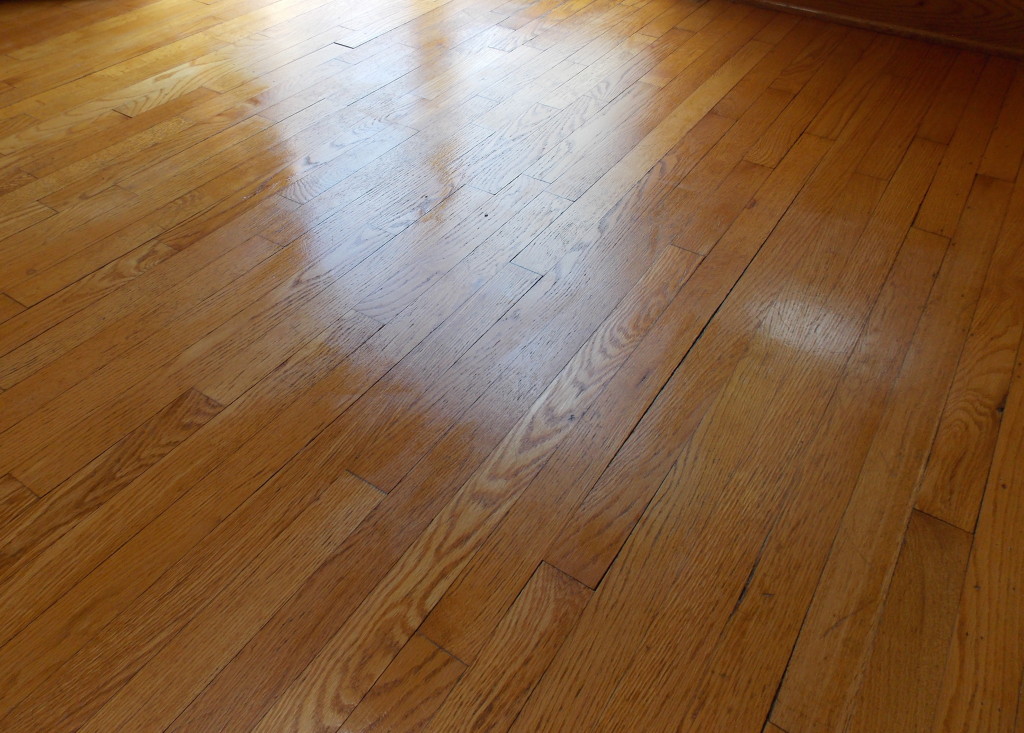

Needs to be applied every month to maintain protection and finish.Can be oily and require further polishing.Also suitable for furniture, windows, doors etc.Easily applied with either a mop, polisher or terry cloth.Can transform an old, worn down floor into a new, shiny one.
Minwax reviver windows#
As this wax can release a strong odor during application, windows and doors should stay open during it. The product contains Petroleum Distillate so it’s combustible.

It should only be used on untreated hardwood floors. Liquid wax isn’t suitable for use on most floors. Howard FW0016 Feed-N-Wax Wood Polish and Conditioner This article will review three different wax solutions and go a long way toward helping potential buyers choose the best wax for wood floors. Liquid wax is easier to apply and spreads more evenly even though it needs a couple of coats. There are two types of wax, liquid wax and paste wax. One of the most important aspects of waxing a floor is choosing the right floor wax. Wood floor care experts recommend waxing wooden floors every six month. Finding the Best Wax for Wood Floorsīuyers should always try to get best wax for their wood floors. Older floors need to be waxed regularly to maintain a nice finish. If it doesn’t look shiny or glossy, and you can feel the original material, then it’s ready for waxing. To check for old treatments, the best thing to do is to touch the wood.

That’s done by using an adequate stripping agent. If the answer is yes, any trace of the old treatment should first be removed. Bureau of Reclamation completed a dam on the river north of Cheney, Kansas for flood control and municipal water supply, creating Cheney Reservoir.Waxing the floor can give it protection, make it shiny and non-slippery.Ĭompared to certain finishes which are synthetic, wax is a natural product.īefore waxing the floor, it’s always a clever idea to check if any treatment has been applied to the floor before.

From the reservoir's dam, the river continues southeast to its confluence with the South Fork Ninnescah River in southwestern Sedgwick County to form the Ninnescah River. It then flows across a far eastern portion of the High Plains into Cheney Reservoir in the Wellington Lowlands. From there, it flows generally northeast before turning to the southeast near Plevna, Kansas. Its source lies in extreme south-central Stafford County approximately 11.5 miles (18.5 km) south of St. The North Fork Ninnescah River originates in south-central Kansas in the Arkansas River Lowlands. It is a tributary of the Ninnescah River. The North Fork Ninnescah River is a river in the central Great Plains of North America.


 0 kommentar(er)
0 kommentar(er)
